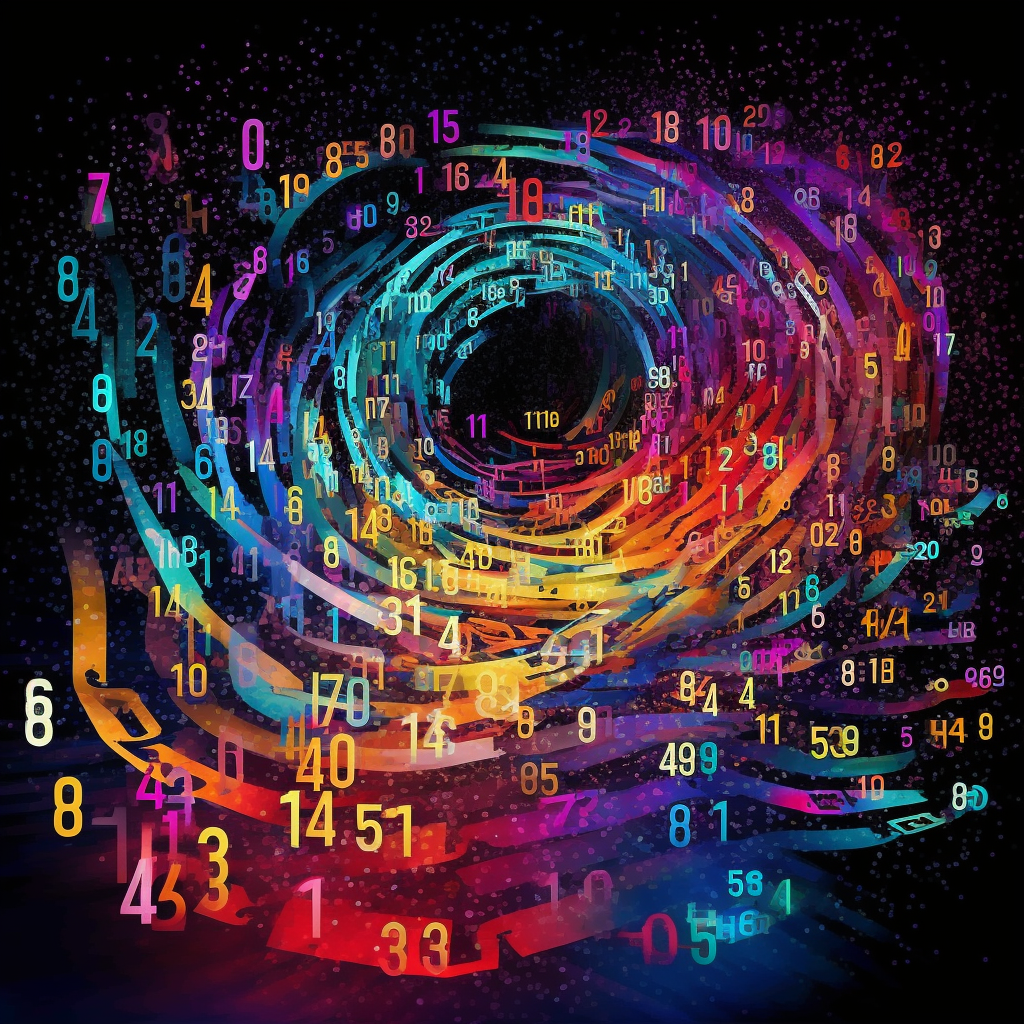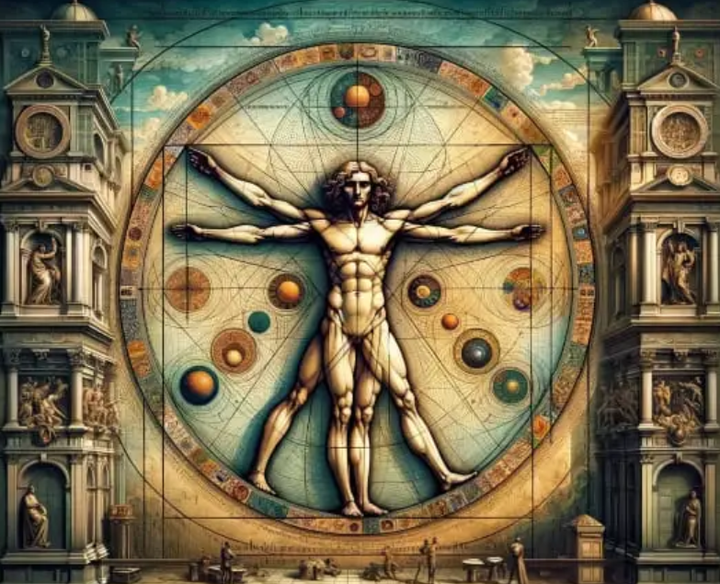Numbers Don't Dance: Deciphering the Consciousness Code

The Question: Can we question the notion that all aspects of life, including consciousness, can be explained entirely through chemistry and physics?
Why it matters: The prevailing thought in science suggests that we can understand everything — from cellular function to thoughts and feelings — by studying atoms and molecules. But some aspects of our existence, like consciousness, defy this reductionist approach.
Defining Consciousness: It's not about what we're aware of, or about being self-aware. It's about the simple fact that we are, we experience, and we feel — just knowing you're experiencing something.
The Current Approach: Often reduces complex phenomena to numerical values. For example, it attempts to break down life to atomic and subatomic components, each with numerical descriptors like mass, charge, and energy. But this approach fails to encapsulate the intricacies of consciousness.
A Case Study: The Sound of Music: Consider your favorite song. Technically, it's just a series of sound waves at varying frequencies, which can be measured and expressed numerically. But these numbers can't explain why you feel joy or an urge to dance when you hear it.
Between the lines: Consciousness is often confused with physical actions. An audio clip saying, "I am conscious," doesn't make the device conscious. So, consciousness seems to be something more than what can be quantified.
The Catch: We know consciousness is real because we experience it. But if we can't express consciousness numerically, then any mathematical theory falls short.
What's next: First the true nature of consciousness can only be understood by studying it through consciousness itself. This approach doesn't contradict our current scientific knowledge; instead, it may open new avenues for exploration and understanding the interaction between consciousness and matter.


